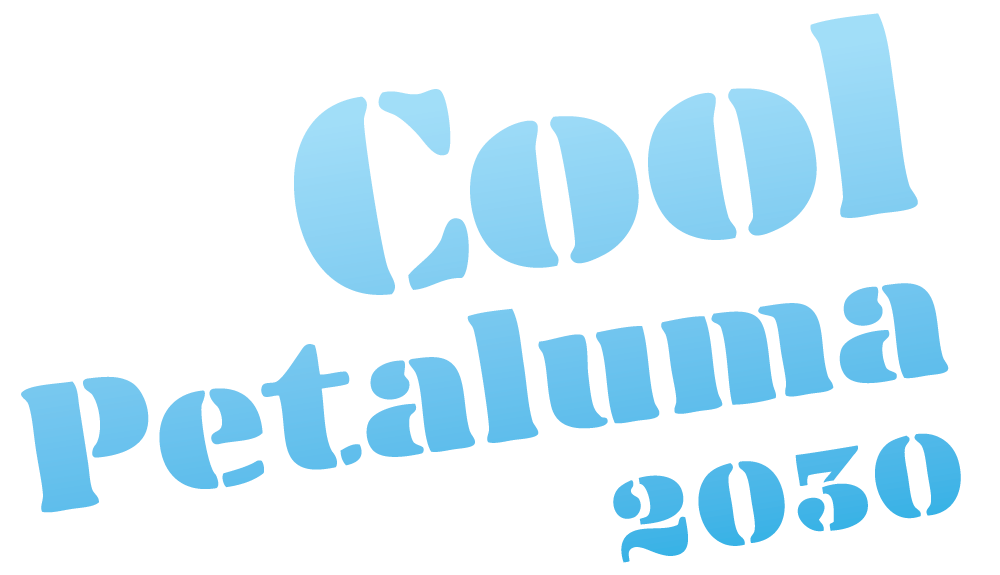Human Body Composting: Your Ultimate Gift to the Earth?
ANNIE STUART
COOL PETALUMA
October 22, 2025
Let the beauty we love be what we do.
There are a hundred ways to kneel and kiss the ground.
– Rumi, a 13th century Persian poet
What a universal, timeless sentiment, remaining true throughout most of life! But is it possible to also “kiss the earth,” after death?
Last week, I attended one of several events organized by Zero Waste Sonoma for North Bay Zero Waste Week. The presenter was Regina Guerra, founder and CEO of Be the Earth. She plans to open a human body composting (natural organic reduction) facility in Sonoma County once the method is available here in 2027.
Introduced to the concept of green death care by a friend in mortuary school, Guerra has become a passionate advocate of human composting. “Natural organic reduction is going to change how people think about death,” said Guerra. “It’s a movement that’s sweeping the nation.”
At this time, 14 states have legalized human composting with others considering it or that have legislation pending. California AB 351 passed the state legislature in 2022. But to give regulatory agencies such as the Cemetery and Funeral Bureau time to prepare, it didn’t take effect immediately.
The process
Human composting involves placing the body in a special vessel where high heat and materials like wood chips and alfalfa create an ideal environment for microbes and bacteria to decompose the body. Sustained for a period of time, high temperatures also inactivate pathogens and pharmaceuticals.
The entire process – which includes curing and aerating the soil; screening out nonorganic parts like pacemakers, dental work, or titanium hips; and pulverizing bone and then mixing it back in – takes about eight weeks.
Although some might consider eight weeks a long time to wait for completion, Guerra sees the slow-moving biological timeframe as a benefit. Perhaps it encourages friends and family to also slow down, enabling a grieving process that can’t be rushed.
The outcome is one cubic yard of nutrient-rich compost, or about what might fit in the back of a pickup truck. For ease of transport, Guerra plans to transfer the compost into many separate burlap bags. Whether used in memorial gardens or to fertilize trees or ornamental plants, the compost helps improve soil composition, moisture, and nutrient levels and also sequesters carbon, said Guerra. She encourages families to donate any compost they can’t use to conservation areas.
“I'm a beekeeper,” said Guerra, “so I really want my compost to be used to plant a lavender bush so I can feed the bees in my next life. If possible, I'd also really like to be in a compost filter sock, helping clean water after wildfires.”
The alternatives
Compare human composting with four other methods.
Coffin burials are the most expensive and involve the use of formaldehyde, steel, wood, and concrete – with cemeteries covering about 2 million acres in the U.S.
Cremation is less expensive and spares the land, but releases 360,000 tons of carbon dioxide emissions annually as well as other pollutants, such as dioxins, mercury, hydrogen chloride, and heavy metals. (During the deadliest period of the COVID-19 pandemic, emissions spiked and violated local air district rules in California due to the large numbers of cremations.)
Water cremation (alkaline hydrolysis) is a better option, said Guerra, but it requires high water consumption and is less commonly available due to higher equipment costs and requirements for specialized facilities.
Green burials allow bodies – wrapped in shrouds made of natural materials – to decompose in designated areas, but still require the use of burial plots.
“When confronted with this data,” said Guerra, “I was left feeling like these options were not resonating with me and what I would want.” Although human composting does require some materials and water, she said, it’s the method with the smallest carbon footprint. According to CalMatters, if each Californian chose human body composting, the carbon saved would be enough to power 225,000 homes for a year. As for cost, human composting falls somewhere in the middle, said Guerra, costing $5,000 to $7,000.
What you can do
If you are interested in human composting, Guerra recommends that you:
Start end-of-life planning early. “If there's something you want, start telling people and put it in writing,” said Guerra. “People have this idea that you're going to walk into a funeral home and have this menu of options – anything you want – and that's just not how it is.”
Investigate the potential for human composting and stay updated on the development of regulations in California for natural organic reduction facilities.
Explore partnering with death doulas to provide referrals and support services.
As for the question, is it possible to “kiss the ground” and help the earth sustain life after death? Clearly, it is! Whether used in a memorial garden or donated for conservation efforts, human body composting allows environmental restoration to become part of your lasting legacy.
“It’s a final act of gratitude for the Earth,” said Guerra.
